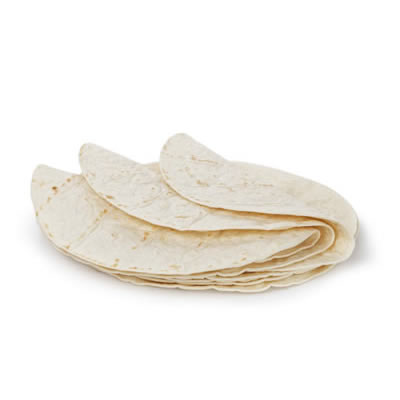
Natamycin
Also known as pimaricin
What is Natamycin?
Natamycin is a natural antimicrobial preservative with a particularly high antimycotic activity. Unlike some organic acids, it inhibits the growth of fungus without killing the fungi population.
Traditionally, a topical application of natamycin has been used to extend the shelf life of some cheeses and dried sausages. In the US, its usage has been extended to:
- Non-standard identity yogurt
- Cottage cheese
- Sour cream
- Cream cheese
- Salad dressing
- Soft tortillas
- The surface of bread
Origin
Natamycin has the empirical formula C33H47NO13. It is a natural antimicrobial that is derived from Streptomyces natalensis fermentation.
In food systems, Natamycin is technically considered an antibiotic which belongs to the polyene macrolide compounds group. Its name is derived from the Natal Province in South Africa where it was discovered in 1955 in a soil sample. Today, it is produced as a commercial food preservative.1
Function
It is believed that natamycin acts by binding to ergosterol in fungal cell membranes, which results in loss of enzyme function and inhibition of cell division.1
Commercial production
Natamycin is a secondary microbial metabolite which has strong antimycotic activity. It is produced by fermentation of bacteria Streptomyces natalensis and closely related species. After fermentation, natamycin is concentrated and purified by filtration processes or solvent extraction, and then spray-dried.1
Application
Characteristics and consideration when using natamycin:
- It is a white to creamy-white, almost odorless, crystalline powder.
- It is practically insoluble in water, in lipids and in mineral oils. However, it is slightly soluble in ethanol, methanol, and glacial acetic acid.
- It has a purity not less than 95.0% calculated on a dry basis. Depending on the commercial production process, it may contain up to 8% moisture.
- One major drawback of natamycin is its low thermal-stability. Temperatures above 50°C virtually deactivate the functionality of this preservative as the molecule undergoes structure degradation. For this reason, it is not recommended to add natamycin to dough or batter formulations. Instead, it as an effective post-baking surface spray.
- In addition to spraying, it can be used as a dip or by incorporation into cheese coating films. It is used at levels ranging from 300 to 2,000 ppm.
- Natamycin is active against nearly all yeasts and molds but has no effect on bacteria, protozoa or viruses. It is active at very low concentrations: most molds are inhibited at 0.5–6.0 μg/mL, although some species require higher concentrations.1
Regulation
Natamycin is used as an approved food preservative worldwide. In the EU, its usage is only authorized as surface treatment for cheese and dried sausages. In the US, natamycin has GRAS status and is allowed in the cheese matrix rather than on the surface.
According to the FDA, natamycin is an additive and shall conform to the following specifications:2
- Purity: 97 percent ± 2 % on an anhydrous basis.
- Arsenic: Not more than 1 part per million.
- Heavy metals (as Pb): Not more than 20 parts per million.
Regulation status by country:
- FDA (USA): Natamycin can be applied on cheese as an antimycotic not to exceed 20 milligrams per kilogram (20 ppm) in the finished product (21 CFR § 172.155).2
- Canada: Permitted in selected foods to certain maximum levels of use.
- Australia / Pacific Rim: Not permitted
- UK and Europe: Conditionally permitted. The European Food Safety Authority (EFSA), statement on the usage of natamycin:3 ‘…in view of the general principle with regard to the undesirability of using antibiotics in foodstuffs the Committee is strongly opposed to proposals for further food uses of natamycin such as use on ham and wine and other beverages.’
References
- Delves-Broughton, J. “Natural Antimicrobials as Additives and Ingredients for the Preservation of Foods and Beverages.” Food Additives Data Book, 2nd edition, Blackwell Publishing Ltd, 2011, pp. 127–128.
- U.S. Food and Drug Administration, CFR – Code of Federal Regulations Title 21, PART 172—Food Additives Permitted for Direct Addition to Food for Human Consumption, https://www.accessdata.fda.gov/scripts/cdrh/cfdocs/cfcfr/CFRSearch.cfm?fr=172.155, Accessed 16 August 2020.
- Smith, J. “Preservatives.” Food Additives Data Book, 2nd edition, Blackwell Publishing Ltd, 2011, pp. 798–799.

